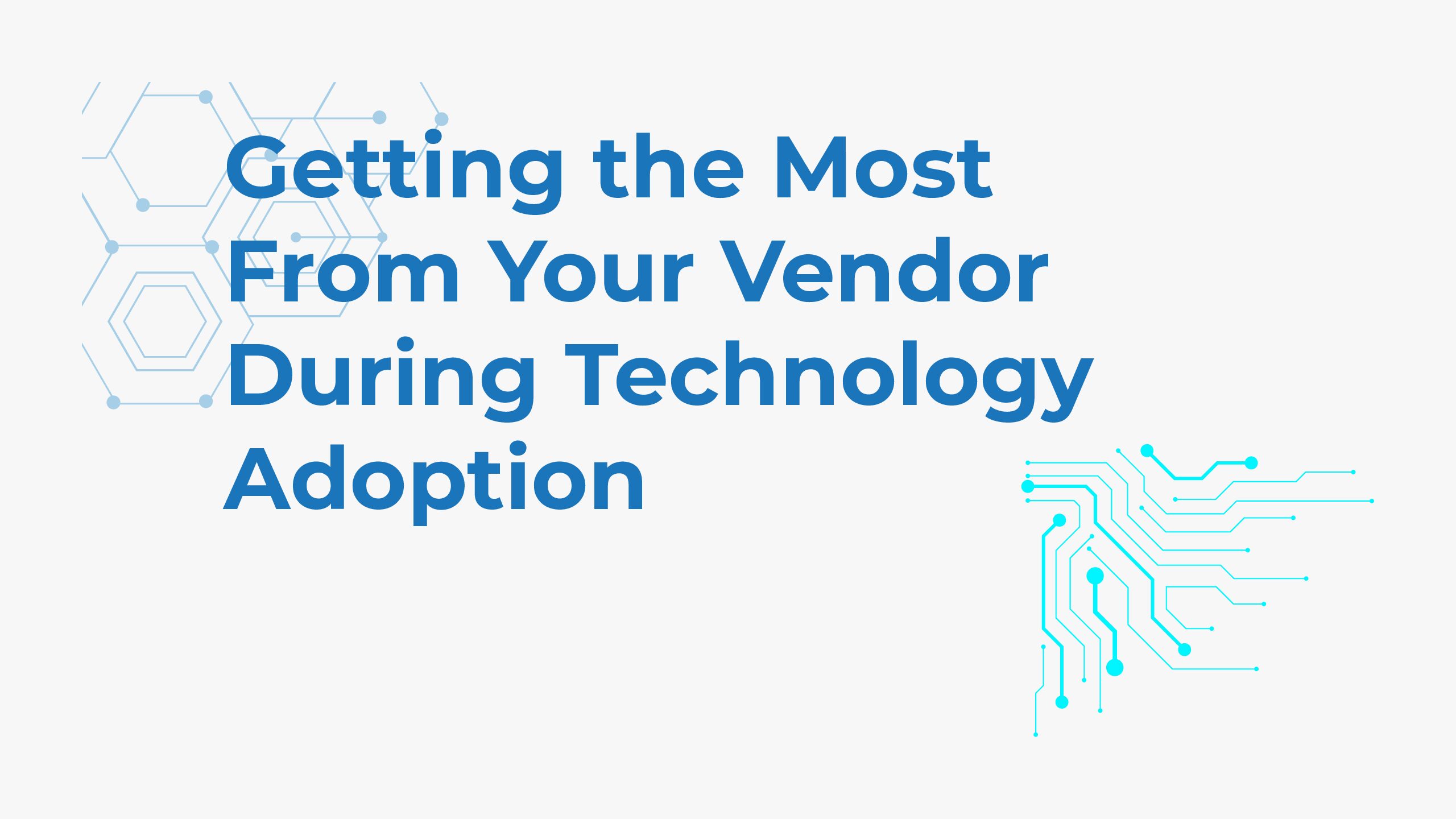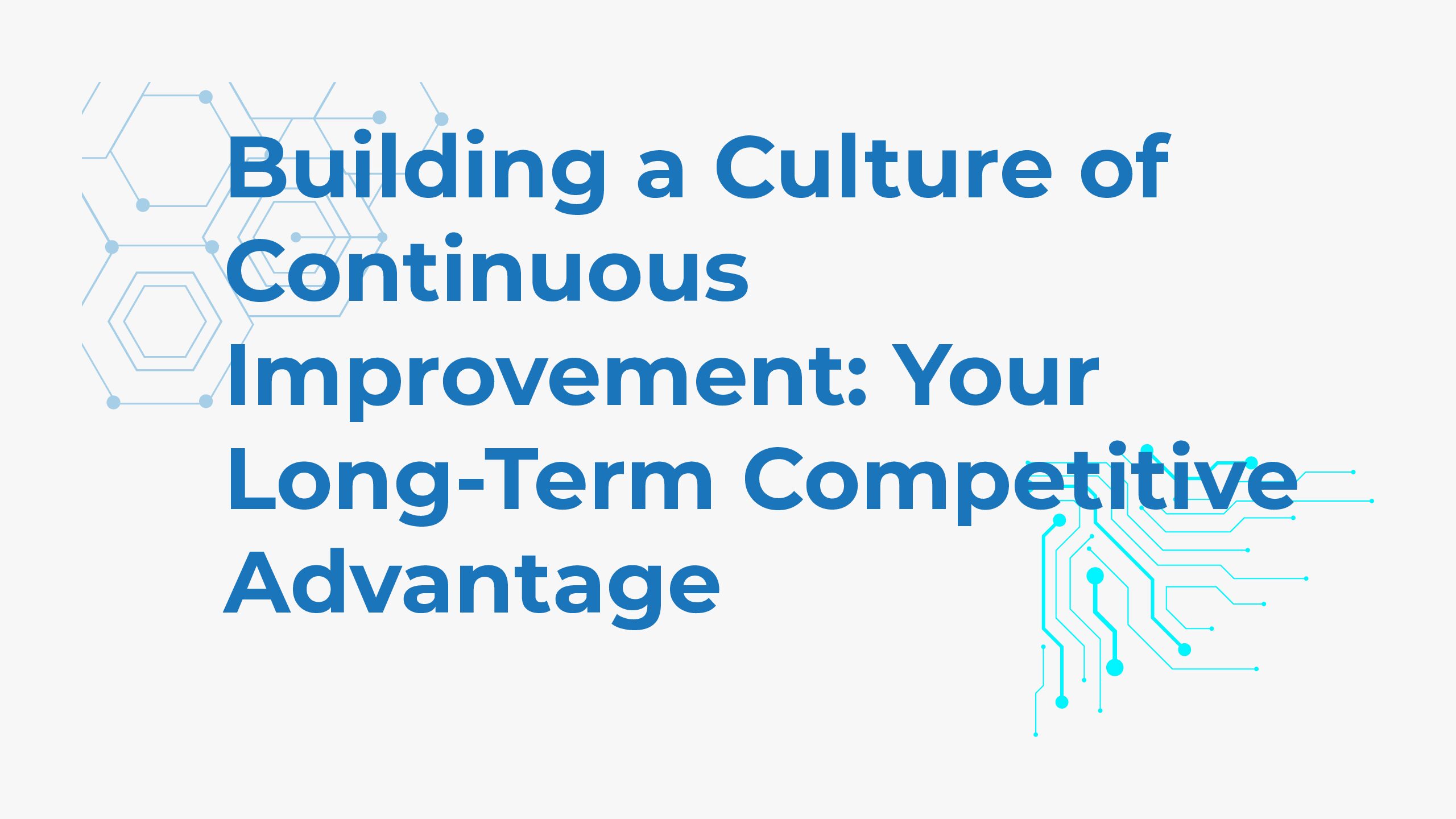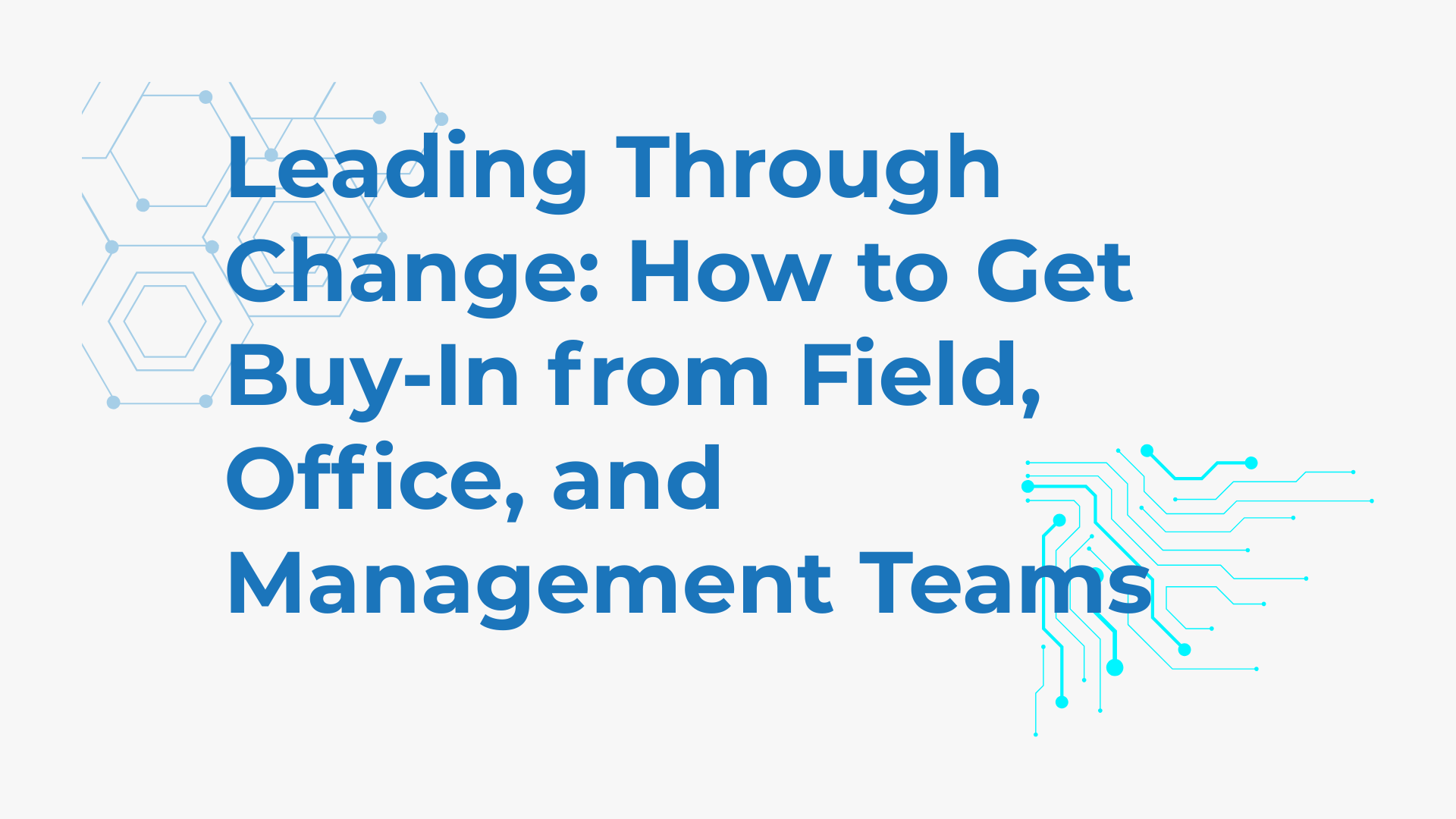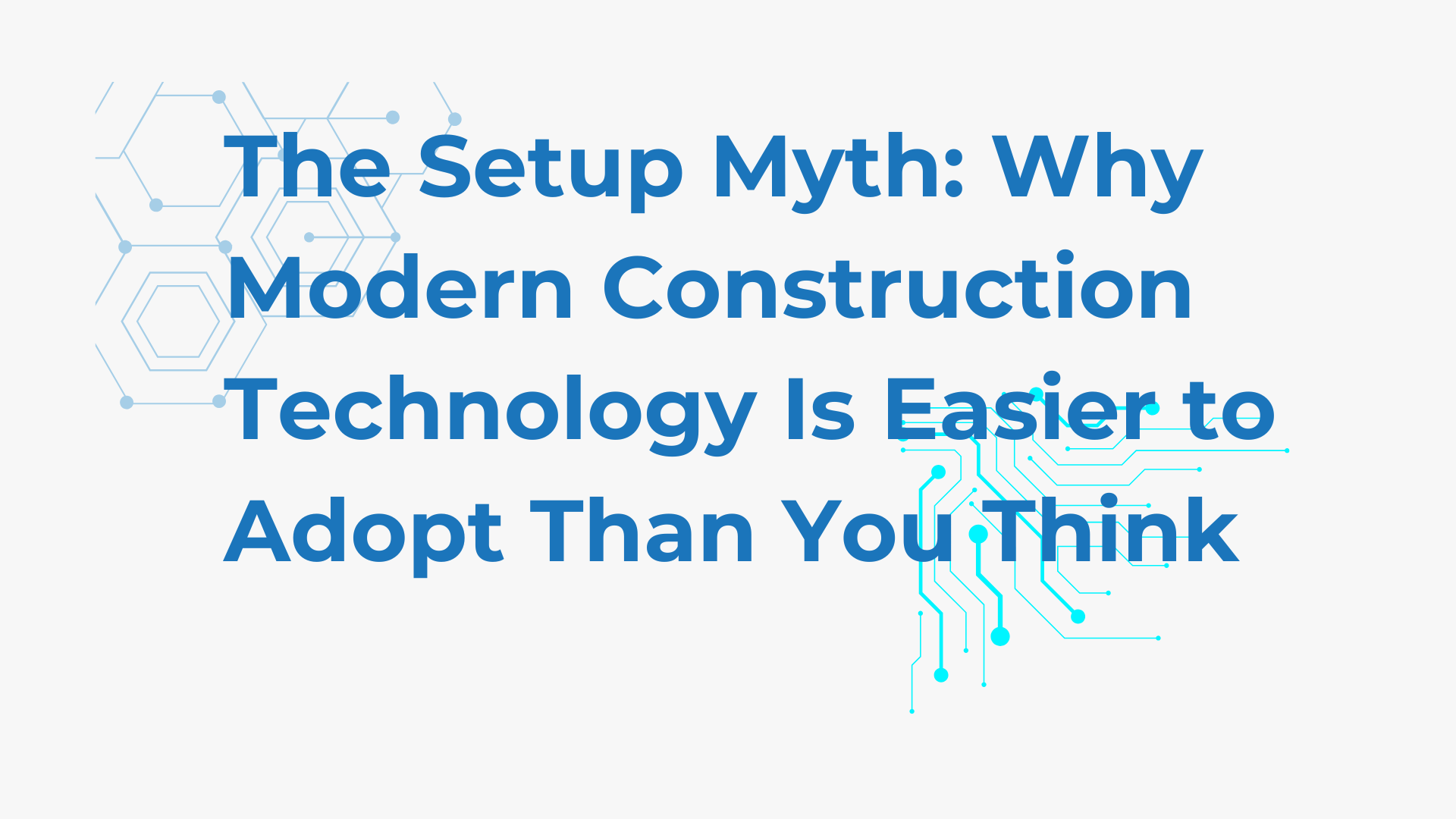
Introduction
Technology adoption isn’t something you have to tackle alone. One of the most overlooked resources in a successful rollout is your software vendor.
In the SaaS world especially, your vendor has a direct, vested interest in your success. Their business depends not just on selling software, but on ensuring you continue using it month after month. That means they want adoption to work — and many of them are ready to help.
But to take full advantage, you have to treat them like a partner, not just a provider. Too often, companies either underutilize their vendor or fail to ask for the right kind of support.
From onboarding timelines and training materials to messaging templates and common rollout pitfalls, vendors often come equipped with valuable tools. You just have to ask.
In this post, we’ll show you how to work with your vendor to make adoption easier, smoother, and more successful for everyone involved.
Why Your Vendor Cares About Adoption (And Should)
In traditional software sales, the goal was often just to close the deal. But in today’s SaaS world, that’s no longer enough.
For your vendor, long-term success depends on retention, not just acquisition. That means your success with the product — and your continued use of it — directly impacts their business.
A failed rollout doesn’t just mean lost value for you. It means churn for them.
That’s why good vendors are highly motivated to help you succeed during adoption. They want you to get value fast, use the software regularly, and build confidence across your team.
If your vendor doesn’t seem invested in your success, that’s a red flag. But the best ones will be eager to support your rollout — because they know your success is also theirs.
What a Good Vendor Should Offer During Adoption
A strong vendor doesn’t just give you software — they give you tools, support, and guidance to ensure it gets adopted successfully.
Here’s what you should expect (and ask for):
- Tailored messaging for different audiences — field teams, office staff, and executives all care about different outcomes. A good vendor knows how to speak to each.
- Training materials and onboarding guides — from how-to videos to printable quick-start sheets, these resources save you time and effort.
- Pilot program support — including guidance on what to test, how to measure success, and how to gather team feedback.
- Tips, do’s and don’ts from past rollouts — vendors have seen what works (and what doesn’t) across other customers. Ask for their playbook.
- Technical setup and configuration help — whether it’s adjusting settings or integrating with other tools, early support can prevent friction later.
If your vendor doesn’t offer these — or if they’re unclear about what’s included — that’s a conversation worth having upfront.
How to Work With Your Vendor Effectively
Even if your vendor has the tools, you won’t get the full benefit unless you actively bring them into your adoption process. Here’s how to make the most of the relationship:
- Start early
Don’t wait until rollout. Involve your vendor during planning — they can help you structure a pilot, prepare materials, and anticipate roadblocks. - Get a clear onboarding commitment
Ask for specifics: What will they provide? When? Will there be training sessions? Custom walkthroughs? Avoid vague promises — push for a documented plan. - Be transparent about your team
Share how your company works. Who’s involved? What’s the adoption timeline? What resistance do you expect? This helps your vendor tailor their support. - Appoint a point person on both sides
Assign someone on your team to manage the relationship — and ask your vendor to do the same. You’ll avoid miscommunication and keep things moving. - Ask for lessons learned
Your vendor has likely worked with companies like yours. Ask them what to avoid, what tends to go wrong, and what tactics helped others succeed. - Schedule check-ins
Don’t just “set it and forget it.” Set up short touchpoints during rollout to stay aligned and catch issues before they grow.
The goal is to treat your vendor as a strategic partner — not just a service provider.
What to Watch Out For
Not all vendors approach adoption the same way — and not every one is built to support you well. Here are a few red flags to look out for:
- Large setup fees with vague explanations
If your vendor is charging a high onboarding fee, ask why. Is the software unusually complex? Or is their business model dependent on professional services? - One-size-fits-all onboarding
Generic materials or canned training sessions may indicate that they’re not equipped to support your specific needs. - Slow or limited support during rollout
If your vendor disappears after the sale, that’s a warning sign. Good vendors stay involved during your critical first weeks of adoption. - No point of contact
If there’s no dedicated person or team helping you through adoption, you’re likely to end up chasing answers instead of getting ahead of challenges. - A product that’s too complex to use without constant hand-holding
If setup takes weeks and training never seems to end, the problem might be the product — not your team.
A good adoption experience starts with the vendor — but it also tells you something important about what it’ll be like to use the product long-term.
Final Thoughts
Technology adoption doesn’t have to be a burden — and you don’t have to do it alone.
Your vendor has a vested interest in your success, especially in the SaaS world where renewals depend on real results. A good vendor comes ready to help you succeed — with tools, guidance, and experience built from dozens of rollouts.
But support isn’t automatic. You have to ask for it.
Set expectations. Get specific. Treat them like the partner they should be.
Because when you fully leverage your vendor during adoption, you’re not just getting software — you’re getting momentum.



